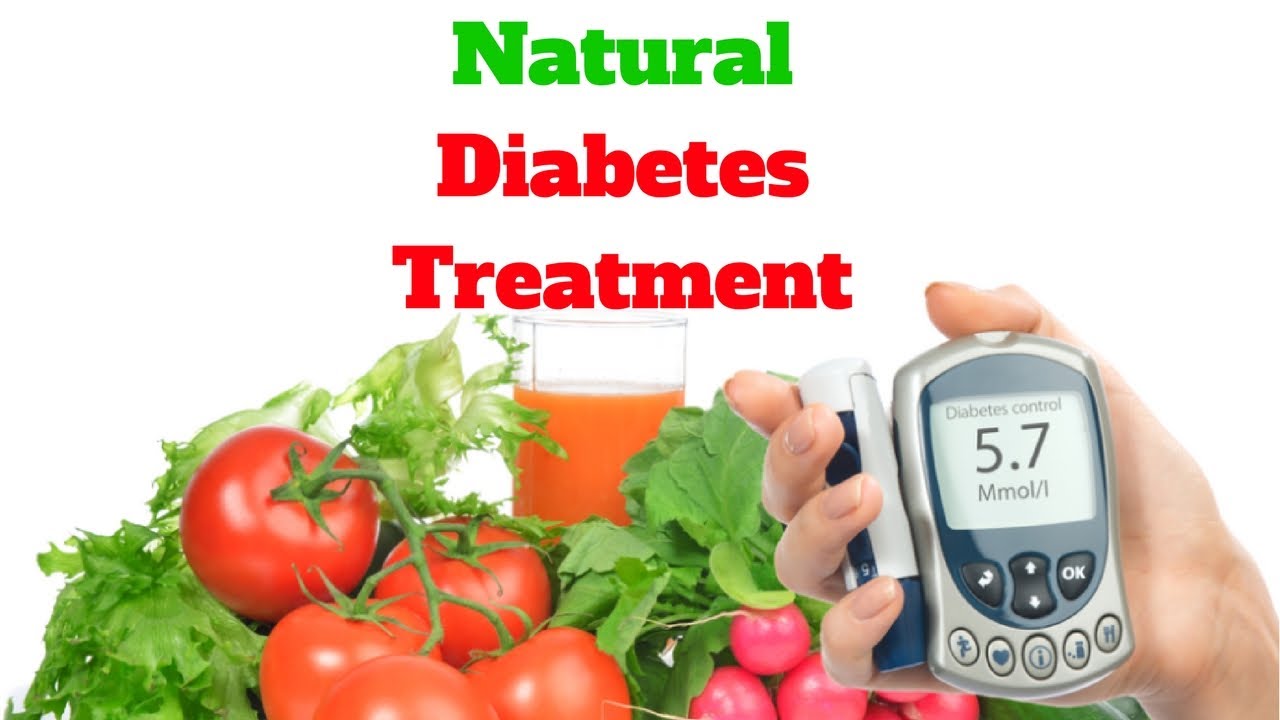Diabetes Treatment Methods – Best Medicine for Diabetes

There are many types of diabetes treatment methods. Some of these methods include insulin injections, exercise, a high-fiber diet, and avoiding foods high in sugar. Others may involve medication or a combination of these treatments. However, no treatment method will be completely successful for everyone. Here are a few of the most common methods. And remember: no treatment is permanent. You should always follow the instructions of your doctor or health care provider. A diabetes meal plan typically includes all of these elements. Meals will usually include a balanced breakfast, lunch, and dinner, along with a scheduled between-meal snack.
Exercise
Before starting an exercise program for Diabetes Treatment, make sure to consult with a health care provider. If you have diabetes, you may lose feeling in your feet or eyes. This can lead to complications later on and may require surgery. If you are feeling bored, brainstorm activities you enjoy doing that will not hurt your body or your vision. Sports, dancing, yoga, and walking are all options. Finding activities you enjoy is important for both your physical and mental well-being.
ADA and ACSM guidelines recommend that people with diabetes engage in 150 minutes of moderate-intensity aerobic exercise every week. For best results, you should exercise three days a week for about 45 minutes each day. Don't try to do more than this at one time because you might end up hurting yourself. If you're new to exercise, start slowly and build up to 150 minutes per week. This gradual approach will reduce the risks of injury, and you'll soon find that you enjoy it.
Diet High in Fresh, Nutritious Foods
A diet rich in fresh, nutritious foods can help people with diabetes control blood glucose levels and lower their HbA1c levels. High blood sugar is a central problem in the disease, but this is not the only benefit of eating fruits and vegetables. Those with diabetes may also have higher vitamin C needs than people without the disease. Sugar is an empty calorie, and processed foods are particularly high in sugar and refined carbohydrates. Sugar is rapidly absorbed into the bloodstream, raising glucose levels.
One of the key benefits of a diet rich in fresh, nutritious foods for diabetes treatment is the low calorie and fat content of these foods. Generally speaking, it is best to consume at least five portions of fruits and vegetables a day. Potatoes and white bread are high in carbohydrates, while broccoli and legumes have lower GI effects and can be substituted for more expensive foods. To increase fiber intake, you should add less sugar and more whole grains to your daily diet.
Avoiding high-sugar foods
Many people with diabetes are at risk of developing chronic illnesses from eating high-sugar foods. This can lead to heart problems, high blood pressure, and weight gain. Foods high in sugar are also associated with increased risk for other health conditions, such as heart disease and stroke. Sugary foods may contain hidden sources of sugar, which can lead to confusion and errors when interpreting the nutrition label. Added sugar is sometimes listed in products as fructose, honey, or fruit juice concentrate.
Diabetics should avoid high-sugar foods unless they're specifically prescribed by their physician. Foods high in sugar can cause spikes in blood sugar. Foods with low glycemic index have minimal impact on blood sugar levels. High-sugar foods include white rice, cereal bars, and other products made from refined sugar. Whole grains are also a good choice. They are rich in fiber and can help with blood sugar control.
Insulin Injections
Human insulin is available in a variety of forms, including pens, syringes, and prefilled devices. Human insulin is typically injected into a small vein, whereas insulin pens are prefilled and can be thrown away after use. Despite the fact that insulin pens are discreet, syringes aren't. When choosing between the two, your doctor will determine the amount of insulin you need to inject in a single dose.
Both short-acting and intermediate-acting insulins lower blood glucose levels within half an hour after injection, but their effects may vary. Short-acting insulin lowers blood sugar fast, with maximum effects two to five hours after the injection. Intermediate-acting insulin is slower to work, but has a longer duration of action, lasting up to 16 hours. These insulins are typically taken two to four times a day, but can be used in conjunction with other diabetes treatments such as exercise.
Computerized Insulin Pump
The benefits of using a computerized insulin pump for diabetes treatment (sugar ka ilaj) are many. The pump is programmable to adjust its basal rate for different situations such as sick days or during meals. It also offers bolus dose adjustments, a critical feature to avoid hypoglycemia. It can be programmed to cover all carbohydrates, unless your provider tells you otherwise. With proper training, users can use the pump effectively.
However, the pump isn't a perfect fit for everyone. It has some technical issues that may not be immediately apparent. Several people report discomfort or difficulty using the device. Those who wear pumps may not be accustomed to the way they feel or how they operate them. Those with a low tolerance for needles may prefer the pump over injections. But despite the benefits, users should know that the pump may require several visits to the doctor.